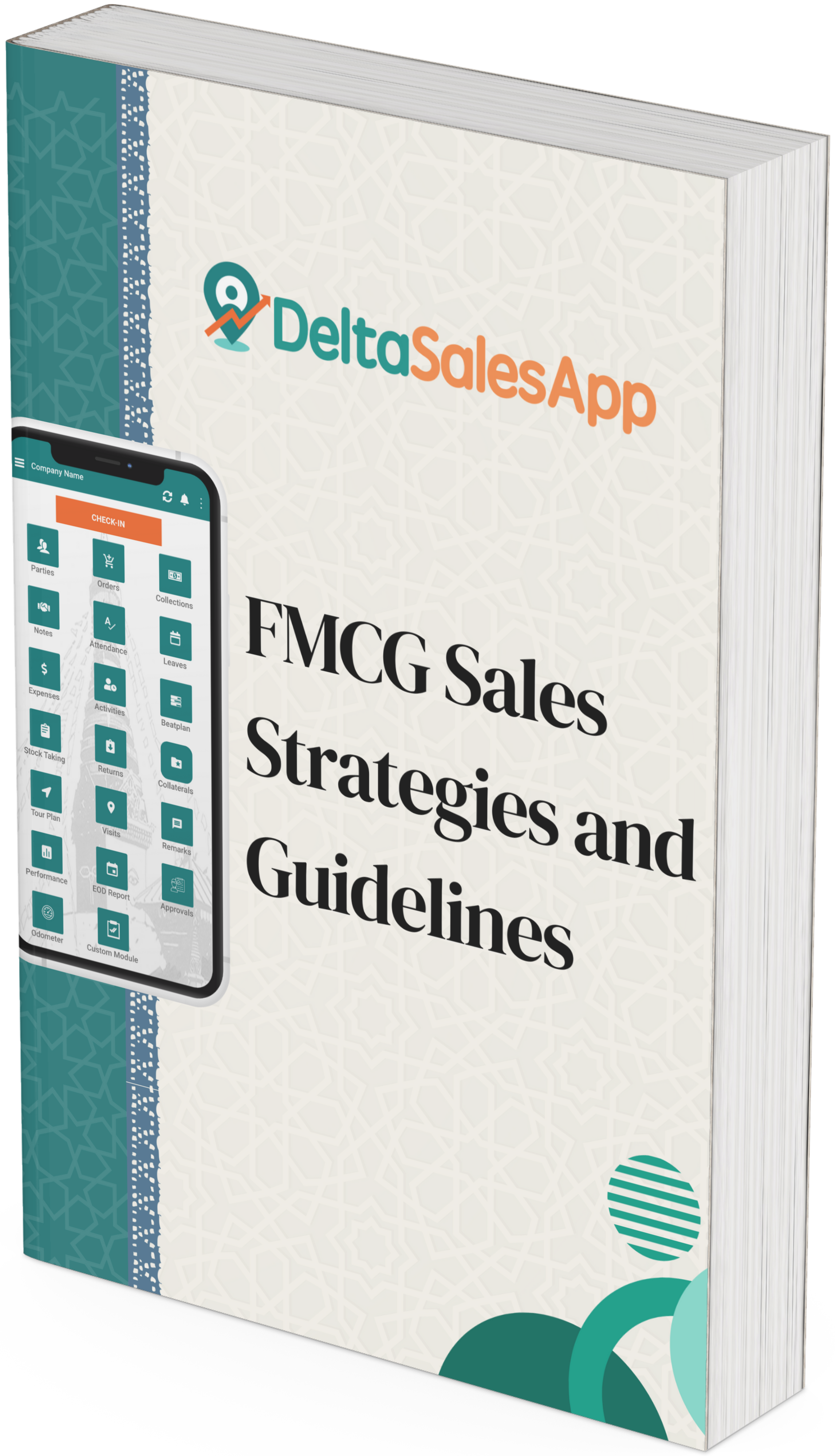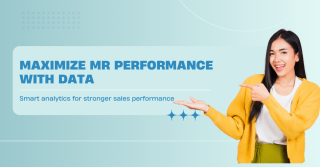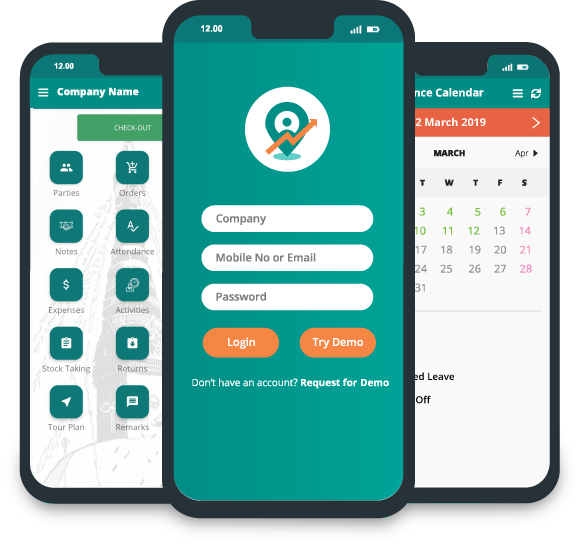Data-Driven Strategies: The Key To Retail Success In 2025
_1743658464.png)
In 2025, the retail industry is set to experience a major shift as data-driven strategies become the cornerstone of success. With rising operational costs, changing consumer behaviors, and intense competition, the ability to turn data into actionable insights will separate the leaders from the laggards. As 80% of retail sales continue to take place in physical stores, the battle for shelf space, customer loyalty, and market share is more competitive than ever.
In this blog, we will explore how brands are leveraging advanced analytics, AI-powered automation, and real-time data to optimize in-store execution, drive revenue growth, and stay ahead of the curve.
The Retail Challenge: Rising Competition & Smarter Shoppers
1. Inflation & the Shift to Private Labels
While inflation has slowed, price sensitivity remains high. Consumers are increasingly opting for private-label products and value-driven alternatives, forcing brands to rethink pricing, promotions, and in-store visibility.
Key Findings:
68% of shoppers compare prices more frequently than in previous years.
Private-label sales have grown by 12% YoY, squeezing national brands.
Discount retailers are gaining market share as consumers prioritize savings.
2. The Battle for In-Store Dominance
With more brands competing for limited shelf space, retailers are demanding perfect execution—flawless merchandising, accurate pricing, and 100% on-shelf availability (OSA). Failure to meet these standards means lost sales, reduced retailer trust, and shrinking market share.
Top Pain Points for Retailers & Brands in 2025:
Out-of-stocks (OOS) leading to $1.2T in lost sales globally.
Inconsistent planogram compliance is hurting brand visibility.
Manual audits consuming 20+ hours per week for field teams.
To combat these challenges, leading companies are doubling down on data-driven retail execution, ensuring every store visit maximizes impact.
The Data Advantage: Turning Insights into Action
1. Why Retail Analytics Are Non-Negotiable
In an era where every percentage point in sales growth matters, retail analytics provide the roadmap to success. By tracking pricing accuracy, promotion effectiveness, planogram compliance, and on-shelf availability, brands can:
Identify revenue leaks (e.g., missed promotions, incorrect pricing).
Predict demand shifts to prevent out-of-stocks.
Measure ROI of field team activities in real time.
Key Stat: Nearly 50% of companies are increasing investments in retail analytics in 2025.
2. The Data Quality Crisis
Despite the potential of analytics, poor data quality remains a major obstacle:
28% of companies cite inaccurate or siloed data as their biggest challenge.
Manual data entry errors lead to misguided decisions.
Legacy systems fail to provide real-time insights.
The Solution?
AI-powered automation to eliminate human error.
Cloud-based retail execution platforms for seamless data integration.
Predictive analytics to forecast trends before they impact sales.
AI Image Recognition: The Future of Shelf Intelligence
1. How AI Is Revolutionizing Retail Audits
AI-powered image recognition (IR) is transforming how brands monitor store execution. By automating shelf audits, IR technology:
Scans shelves in seconds, identifying out-of-stocks, misplaced items, and pricing errors.
Delivers 95%+ SKU recognition accuracy, surpassing manual checks.
Saves field reps 15+ hours per week, allowing them to focus on strategic tasks.
Adoption Trends:
52% of retail leaders are already using or piloting IR in 2025.
The global IR market will reach $5.05B by 2028 (20.1% CAGR).
2. Real-World Impact of AI in Retail
Early adopters report:
30% improvement in planogram compliance
20% reduction in out-of-stocks
15% increase in sales due to better shelf presence
Example: A leading CPG brand reduced OOS rates by 25% using AI-powered shelf scans, driving $4.2M in additional annual revenue.
Empowering Field Teams for Maximum Impact
1. From Manual Tasks to Strategic Growth
With automation handling routine audits, field teams can shift focus to:
High-value retailer negotiations
In-store merchandising optimization
Customer engagement & experience building
Key Insight:
62% of retailers say field rep collaboration directly impacts sales.
Brands investing in retail execution tools see 18% higher rep productivity.
2. The Rise of Experiential Retail
Beyond traditional merchandising, in-store experiences are becoming a key differentiator:
Interactive demos & sampling boost conversion by 40%.
Pop-up activations & workshops increase brand loyalty.
Personalized shopping experiences drive repeat purchases.
2025 Priority: 45% of brands are increasing budgets for in-store engagement initiatives.
Conclusion: The Future of Retail is Data-Driven
As retail competition intensifies in 2025, data-driven execution is no longer optional—it’s the key to sustained success. Brands that leverage AI, automation, and real-time analytics will optimize in-store performance, prevent revenue leaks, and enhance customer engagement. With 80% of retail sales still occurring in physical stores, investing in intelligent retail execution tools and predictive insights will provide a decisive competitive edge.
To stay ahead, brands must embrace automation, empower field teams with strategic insights, and create engaging in-store experiences that drive loyalty and sales.
Frequently Asked Questions (FAQ)
1. Why is data-driven retail execution important in 2025?
With rising competition, changing consumer behaviors, and increasing operational costs, data-driven retail execution helps brands optimize in-store performance, prevent revenue loss, and improve shelf presence using AI, automation, and real-time analytics.
2. How does AI-powered image recognition improve retail audits?
AI-powered image recognition scans shelves in seconds, detects out-of-stocks, pricing errors, and misplaced products, ensuring flawless execution. It saves field reps significant time and enhances accuracy, leading to increased sales.
3. What are the biggest challenges in retail execution today?
Retailers and brands struggle with out-of-stock issues, inconsistent planogram compliance, manual audit inefficiencies, and poor data quality. Investing in automation and predictive analytics helps overcome these challenges.
4. How can brands use predictive analytics to reduce out-of-stocks?
Predictive analytics leverage historical data and AI to forecast demand shifts, helping brands adjust inventory, prevent stockouts, and ensure consistent product availability.
5. What industries benefit from data-driven retail strategies?
Industries such as FMCG, consumer electronics, pharmaceuticals, automotive parts, and any business with a physical retail presence can benefit from AI-powered retail execution tools.









